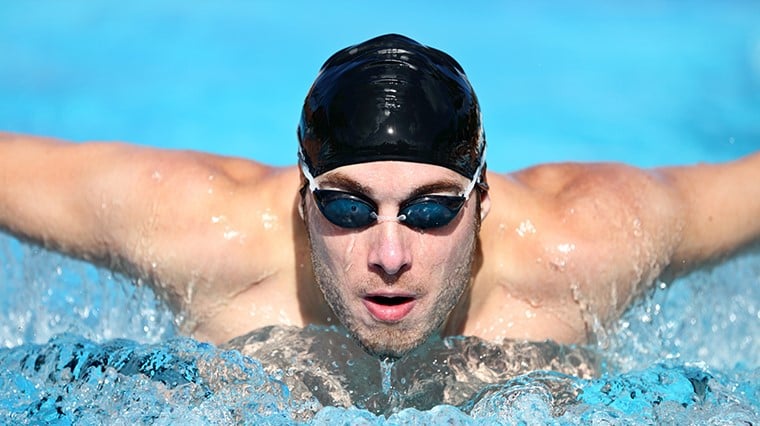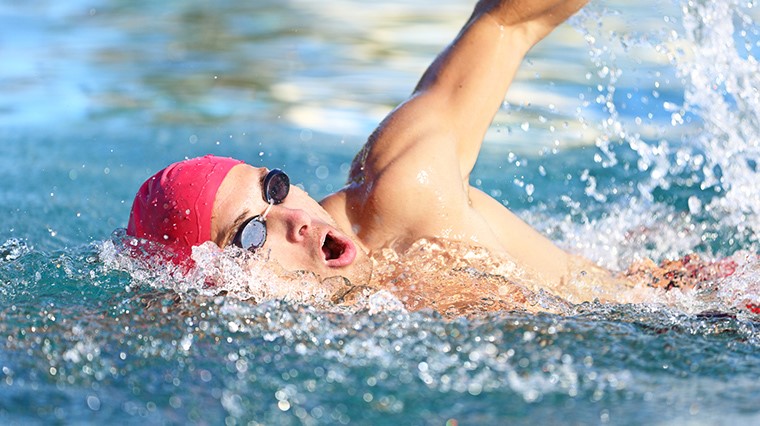7 Ways Swimming Can Make You A Better Runner

There are tonnes of reasons why you
should occasionally skip your dry land sweat session for a plunge in the pool.
As weird it sounds, yes swimming can help you both run and
recover better, not to mention being a great sport to take up with summer sneaking
up.
It’s a full body exercise
Running mainly activates lower body
muscle groups, but swimming offers the benefits of a full body exercise for a
balanced workout. It strengthens upper body muscles
which are often neglected in a running only fitness routine.
Swimming targets
muscles involved in correct running posture including your shoulders and arms,
encouraging a more consistent rhythm and reduced muscle fatigue when you next
put foot to pavement.
Low impact to give your body a break
Your feet, knees and spine act as your body’s
natural shock absorbers and must withstand repetitive impacts when running,
putting them at risk of injury. However,
the ‘weightlessness’ of our bodies in water means shock doesn’t pose the same
problem when swimming (take that gravity!).
The low impact nature of swimming
strengthens muscles susceptible to overuse injuries from running, without
overburdening them or delaying injury recovery.
Strengthens cardio fitness
As an aerobic exercise swimming builds
your cardio fitness but without the risk of repetitive stress injuries associated
with running. It strengthens your heart, encouraging your body to use oxygen
efficiently and decreasing your resting heart rate. Committing to regular
swimming sessions can also aid in weight loss.
Improves breath control

Controlled, rhythmic breathing is a
key skill of proper swimming form that transfers smoothly to your running
sessions and can strengthen your respiratory muscles.
Swimming trains your lungs to work
more efficiently for better endurance, encourages you to pace your breath
appropriately and will reduce breathlessness on the road. Here’s more on how to breathe better on your runs.
Provides resistance
Water is denser than air, acting as a form of natural resistance that
works against you as you apply your stroke to push or pull forward. The
repetitive action builds muscle tone, improves muscle endurance and strength while
placing less strain on your muscles than running on dry land.
Swimming should complement, not replace your strength training sessions
as part of a balanced cross-training plan.
Increases flexibility for injury prevention
Swimming stretches your muscles and
improves joint flexibility, helping ward off common running injuries such as
shin splints, tendonitis and runner’s knee. Team it up with Pilates and yoga to
increase your flexibility in and out of the water.
Active recovery
Swimming is ideal for active recovery
– giving your legs and joints a breather from the high impact stresses of
running, while providing an effective cardio workout and improving your
endurance.
An easy recovery swim may help to
eliminate lactic acid build-up following an intense run.
Cold water reduces
inflammation of your joints and muscles. Alternatively, swimming in heated pool
relaxes them, increasing flexibility, reducing injury risk as you exercise and
allowing you to stretch out aching, tender muscles.


